Unlocking Healthcare Savings: Navigating Self-Funding, Claims, & Cost Containment
As an HR professional in today’s business environment, you’re acutely aware of the skyrocketing healthcare costs that are impacting your company's bottom line and the well-being of your employees. Many grapple with the complexities of self-funding, fully insured plans, claims, renewal increases, transparency issues, Medicare cuts, prescription drug costs, and the effective strategies needed for cost containment. This guide dives deep into these topics, offering insights and practical advice on managing healthcare costs effectively.
The Hidden Costs of Fully Insured Plans
Opting for a fully insured plan might seem like the safer choice, but it often comes with a lack of transparency. This opacity can make it challenging to understand the drivers behind yearly cost increases. In these arrangements, your company pays a fixed premium to the insurance carrier, which then assumes the responsibility for your employees' healthcare costs. However, this can leave you in the dark about the real reasons behind premium hikes, leading to budgeting nightmares and financial unpredictability.
Interested in more control over your healthcare spending? Learn about self-funding with Triforta.
Navigating Renewal Increases & Lack of Transparency
Renewal periods often bring significant stress with substantial premium increases that can be hard to anticipate and manage. The lack of transparency in fully insured plans makes it nearly impossible for businesses to address the root causes of escalating costs effectively. Imagine facing a future where you expect to communicate continual premium increases of 15-20% to your employees, impacting both their benefits and job satisfaction.
Seeking a better renewal strategy?
Contact Triforta for innovative solutions.
The Impact of Medicare Cuts & Prescription Drug Costs
Reductions in Medicare reimbursement rates can indirectly affect the costs that employers must cover. Insurance carriers, facing reduced payouts, may offset these losses by increasing premiums for private employers. Furthermore, the soaring costs of prescription drugs continue to strain budgets, making effective management strategies crucial for maintaining financial stability.
Reduce your prescription drug spending. Explore cost-saving strategies with Triforta.
Exploring Self-Funding as an Alternative
Self-funding offers an attractive alternative to traditional fully insured plans by providing more control over healthcare budgets and potential savings. By taking on the financial risk associated with their employees’ healthcare costs directly, employers gain insight into where their healthcare dollars are going, allowing for more targeted and effective management.
Ready to take control of your healthcare costs? Discover the benefits of self-funding with Triforta.
Unlocking Cost Containment & Tailoring Benefits
With self-funding, businesses can customize healthcare plans to better meet their employees' needs while potentially lowering overall expenses. This model also offers transparency into healthcare spending, providing valuable data on how funds are used, which can be leveraged to implement more effective cost-containment strategies.
Conclusion
Navigating the complexities of healthcare financing requires a sophisticated understanding of the different insurance models, cost drivers, and strategic options available. For employers committed to optimizing their healthcare expenditures, embracing self-funding and implementing robust cost containment strategies are crucial steps towards financial stability and enhanced employee satisfaction. By understanding and actively managing these elements, companies can unlock significant healthcare savings.
Transform your healthcare strategy today.
Talk to a Triforta expert.










